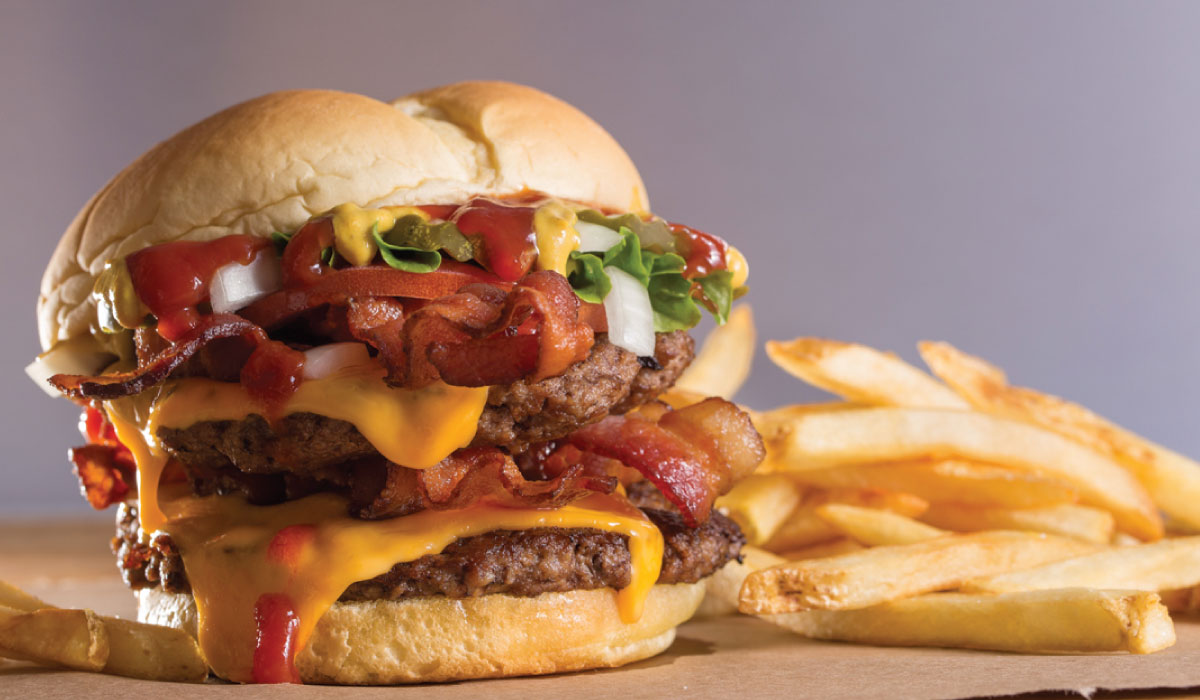Depending on where you live, your state could either have restaurants at normal capacity or restricting them to just takeout and delivery. If you operate multiple restaurants in multiple states, you have to create different policies to comply with local regulations. It can be exhausting.
But as more states reopen, and as eating in a restaurant becomes more commonplace again, what won’t change, no matter where you are, is the commitment to safety and best practices to restrict the spread of COVID-19. The economy may be re-opening, but it still has to be done in a responsible fashion.
At the beginning of COVID-19, we implemented common sense strategies across our restaurants to make sure that our customers would feel comfortable when ordering, and were one of the first restaurants to start curbside pickup. These changes helped us to continue business operations, keep our workers employed and keep feeding the communities we serve.
Here are a few things to consider in how to operate your restaurant to make your employees and guests feel at home, no matter how they’re eating.
Make things clear: Guests should instantly know what’s expected of them. Are they supposed to stand six feet apart? Taping off markers to indicate six feet of distance gives people easy cues about where to stand. At the counter, we placed a table between the guests and the POS, an easy way to increase distance. Placing hand sanitizers on the table encourages good hygiene practices and helps keep employees and customers safe and confident.
Simple re-designs: Easy changes to where things are located can reduce high-touch areas and keep employees and consumers safe. We blocked off the counter where food is wrapped, keeping a distance between guests and employees. Moving napkins and straws behind the counter helps limit the amount of touching. We did the same with condiments, which had been by the beverage station. Using sealed cutlery kits is another way to turn high-touch items into low-touch ones. Using double-taped bags ensures a complete seal and lets customers know that what’s inside has been protected. These changes don’t require a drastic re-design, just easy things that don’t ask too much of the customer or the store operator.
Drive to the app: We’ve been using the Olo system for online ordering for nearly 10 years, which enabled us to transition quickly to mostly-online ordering. But in addition to providing ease of use to customers, it’s another way to keep things safe. Online and on the app, payment is done by card ahead of time, so we can limit cash transfer between patron and employee.
Operations don’t need a radical overhaul. Rather, small changes can make a big difference. The more that your customers feel safe and taken care of, the more they will continue to come back, both in the crisis and well after. Taking the time to thoughtfully plan out your re-opening or changes to state policy is one key to keeping business afloat.
Though we live in odd times, this lack of normalcy doesn’t have to erase comfort. People still want to enjoy a good meal with their family, and they want to know that it was prepared properly, with precautions taken to protect themselves and the employees.
Proper planning helps ensure that. We’ve found that these commonsense recommendations can help ensure customer loyalty and keep doors open. That means that you can keep doing what you love: Feeding your customers.
Patrick Conlin is the president of Wayback Burgers. A fast-casual chain that focuses on burgers, sandwiches, milkshakes and hotdogs, Wayback has expanded to 500 contracted locations across 38 countries, including 166 operating in 31 states in the U.S.











